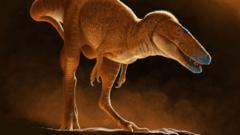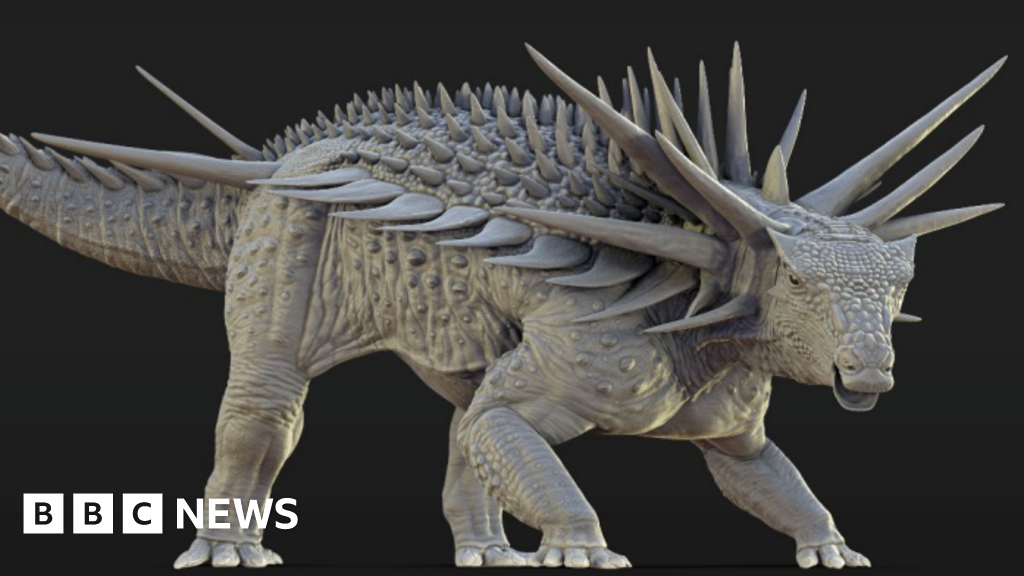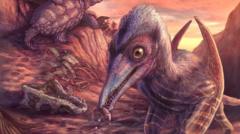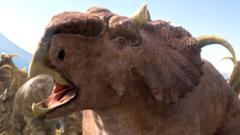Researchers have unveiled an important archaeological find—a previously unknown species of dinosaur that has significant implications for our understanding of the evolutionary lineage of tyrannosaurs. Dubbed Khankhuuluu mongoliensis, meaning "Dragon Prince of Mongolia," this species represents the closest known ancestor to the formidable Tyrannosaurus rex, marking a pivotal moment in the evolutionary history of theropods.
The discovery was made from two skeletons that are estimated to be around 86 million years old and were housed in a museum in Mongolia. The findings have been published in the prestigious journal Nature, providing insight into the transition from smaller, fleet-footed predators to giant carnivorous dinosaurs that ruled the prehistoric landscapes of North America and Asia.
Prof. Darla Zelenitsky, a palaeontologist from the University of Calgary, emphasized this species' role in bridging the gap between tiny tyrannosauroids of the Jurassic period and the colossal T.rex. As an early tyrannosauroid, Khankhuuluu weighed approximately 750 kg—significantly lighter than adult T.rex specimens—making it a key transitional fossil in understanding the evolutionary pathway.
In studying the anatomical features of Khankhuuluu, researchers found early signs of the predatory traits that would come to define tyrannosaurs: a strong jaw and specialized skull anatomy that imply powerful bite forces. PhD student Jared Voris, who led the research, highlighted the importance of this discovery in reshaping the tyrannosaur family tree and enhancing our comprehension of their evolution.
The two partial skeletons, initially categorized as belonging to an existing species named Alectrosaurus, were re-evaluated by Voris, who identified distinct features that warranted classification as a new species. This renaissance reflects the dynamic and interconnected nature of Earth's prehistoric ecosystems.
Furthermore, the study also sheds light on the mobility of these dinosaurs, noting that land bridges between continents facilitated their migration and evolutionary diversification over millions of years. Understanding how the ancestors of T.rex navigated these landscapes adds further depth to our comprehension of their evolutionary success.
In conclusion, the discovery of Khankhuuluu mongoliensis not only enriches our knowledge of dinosaur history but also emphasizes that before they became the apex predators of their time, these formidable creatures were once simply princes of their evolutionary lineage.
















